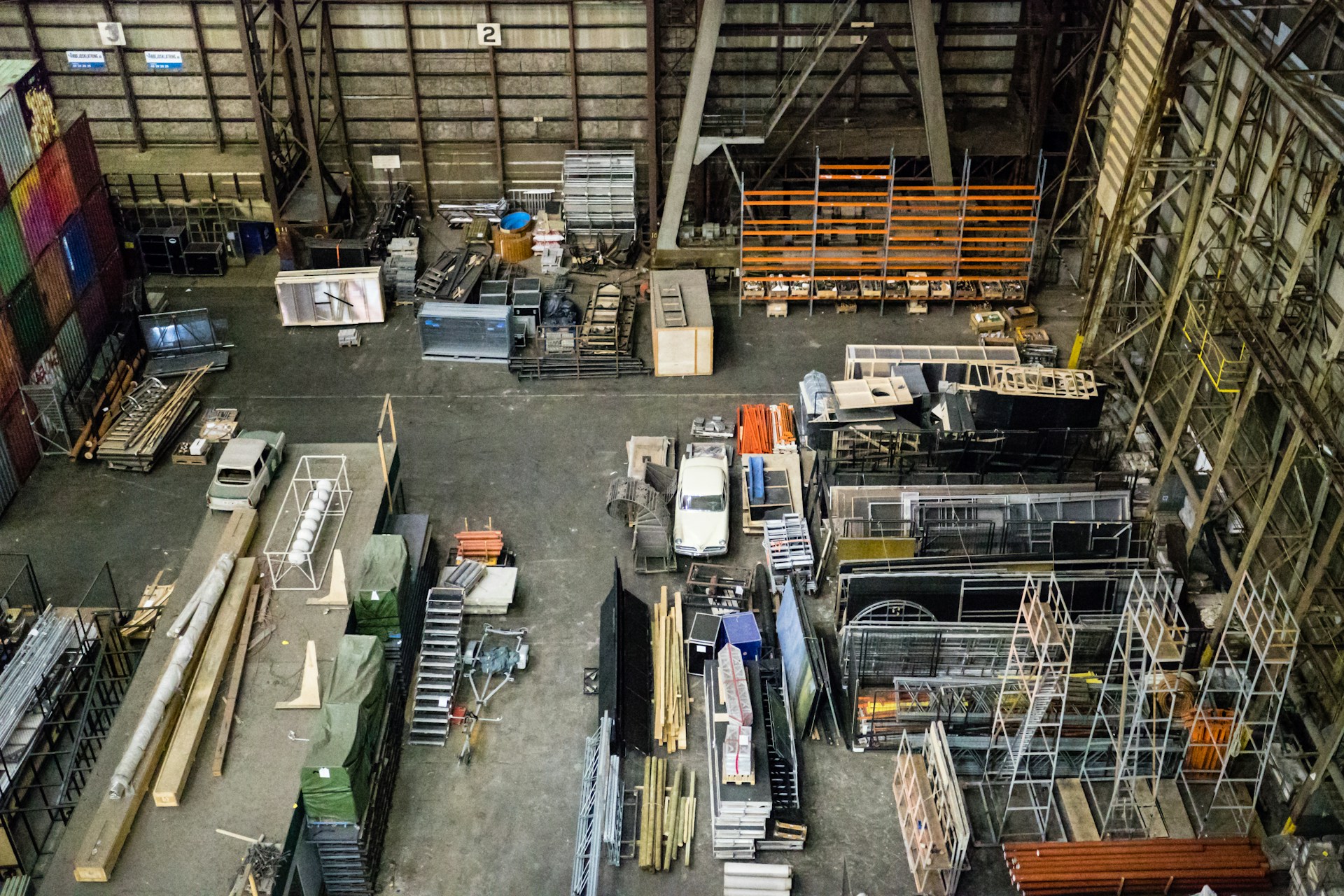How To Give a Shit is a monthly column by artist Joshua Hagler, which explores art in Los Angeles in funny and unconventional ways.
Passing through rooms of artschoolish sculptures and videos, eventually I come to the first paintings in the Made in LA Biennial at the Hammer Museum. They are photo realistic depictions of various website screens with clever little phrases satirically altered by the artist Joel Holmberg (b. 1982). I am depressed in the way one is when one finds graffiti in a national park. The paintings are clever and faithfully rendered, showing off the artist’s skill at copying. In fact, most of the biennial is clever, so smart it outsmarts itself. Even the title is so annoying one has to assume the curators must have done it on purpose: “a, the, though, only”. A quick recollection pops into mind, the scene from “Dumb and Dumber” when Jim Carrey says, “hey, wanna hear the most annoying sound in the world?” And then does it. All the boxes are checked, as my good friend Nick Wolfdaddy Brown is fond of saying.
Maybe the only thing more clever than the art in the biennial are the wall texts, a series of linguistic backflips, metonymical equivocation (if I may) to explain why this equals that, but also doesn’t, but could. Words and phrases like little worms infecting the self-esteem of readers and viewers until all trust in our own ability to feel that what we see is boring because of it and not because of us goes out the window to make room for a good safe ironic distance between the artist, the art, the curator, and the measly little museumgoer. So far, I sense an implicit apology for any unhip or non-academic impulse the artists might have for making art in the first place, and a renegotiation of the work back into a privileged vestibule of relevance claims, or, at least, coolness. If you’re not careful, you might forget to ask yourself, “who was this written for?” I don’t feel that I’m on the receiving end of generously extended branch to bring me further into an experience with the art, but on the receiving end of a form of defense meant to protect the exhibition from public doubt.
So when I get to Joel Holmberg’s (b. 1982) post-internet paintings about the internet, and I read that the artist decided to use paint because paint is ancient and now the internet is ancient and so paint and the internet are both ancient and isn’t that hysterically intelligent, I’m just about ready to get on my shit-giving high horse and skedaddle.
At this point, you might be reading this and thinking, jeez, someone needs a nap.
And isn’t this somebody SUPPOSED to give a shit? Maybe true, friend. Maybe. But let me rewind about 45 minutes and describe in the tersest way possible what I saw leading up to this moment:
A series of Fischer Price-looking objects arranged on pressboard pedestals or an “integration between sculpture and architecture through a vocabulary of support structures.’ (b. 1984)
A video made by sitting in the back of a tuck and recording the drive down LA alleys that run behind apartment buildings. (b. 1981)
I try to imagine, based on my experience at the Hammer so far, who it is that the art and its apologies are for. The gender is uncertain, could be male or female, but either way, under-eaters, wearing clothes meant to make the body recede. Eyeglasses meant to intensify intellect, but not intensify it, because what is intellect. Glib. Sarcastic. Has the right opinions but only dispassionately. Knows the right people, but secretive about who and how. I sense inheritance. I sense a veneer of evenhandedness and a practiced strategy of intentional ignoring of that which would chip away at a tenuous sense of belonging to an ingroup which might or might not actually exist. I can’t narrow it down to one person, so I decide on boy/girl twins. They have names without clear origin. They might have given themselves these names or their parent who work for the UN or own multiple homes or fund their fashion line might have given them their names imagining a cadence that could ensure their future success. I call them the Scintillia Twins: Ma’akenzi and Ezran. They do not have jobs per se, but they are always on their way to see someone. If Maude Lebowski were a real person, they could sometimes be seen flipping through obscure art and fashion magazines on her couch, drinks in hand mysterious, and definitely not something you’ve heard of. The working class is something they’ve heard about. A friend of theirs has a dad who used to be a mechanic.
I can plainly see that I’m not the only disappointed museumgoer at the Hammer today. Patrons walk in, eyes glazed, walk out, time after time, gallery after gallery. A sense of discovery, so important to why we go to museums at all, is in short order. But there is a moment in which, at least for me, everything changes. Leaving the gallery displaying the clever website paintings, I enter a new gallery.
These sculptures, most of which are distinctly vertical in orientation, are made of carved wood, driftwood, found objects, feathers, fossils, mummified animal remains, plastic action figures, rusty nails and more. Many of the central vertical sculptures are marked with a u-shaped area of negative space, windows, or, another way to see it is that they are topped with pointed “ears”. Like all of the work here, they mark a time and place, but unlike the other work, they also transcend it.
If the internet paintings position themselves cynically, to say that our time is a blunt object where even the question of transcendence can be beaten down into a silly tagline to round out a brand identity, Shiokava’s work reminds us that defensive blitheness is just another form of spiritual poverty. It’s not my intention to suggest a peculiar lack of character in an artist (I’ve never met anyone in the biennial) or to say that all art ought to be spiritual or even that a literally spiritual dimension exists in reality. I use the word spiritual, I guess you could say, in a Nietzschian sense, that we should approach what we do in a state of fully human involvement, defenses down, eyes, mouth, and stomach gaping. Or, to put it another way, I might find a natural corralary pointing from a quote by Kafka, one I’ve had memorized for years, to the work of Shiokava.
There is a powerful sense of authenticity given life from the hands of the artist, both because of the evident state of play and of reverence in this work. The biennial feels like an accident that came long after it might have been useful to the artist to gain a wider audience for the work. It’s clear that something like this event was not part of the artist’s consideration in how he approached the work. The Scintillia Twins were not born when he started making art, so it is an opportunity for the rest of us to remember a physical world that in some ways feels today on the edge of collapse. We remember that we are inside this shared world, that we need vessels to lean against and to cathartically spill into. We need empty rum bottles in which to send messages. There are devastatingly violent things going on in the world that seem somehow contagious, and there isn’t a day that goes by anymore in which I don’t, at some point, feel my stomach drop and my heart break and a push toward something like prayer–prayer which seemed useless to me when I was younger and smarter than I am now.
My feeling, in all fairness, is not that the artists born in the 80’s are failures as artists or that they are undeserving of being in this particular biennial. That’s not a judgment I’ve earned the right to make. Actually, I see everything one would want to see from a young artist: talent, intelligence, humor, awareness, etc. It’s just that any “self” located in that work seems to me a divided one, the half-self as brand, who makes work about ____ by a process of ____, as if we experience the world in such a streamlined and specialized way. My critique, in this case, is not really meant to single out any particular artist, but to ask the question of whether it should be so likely or so easy for any artist who hasn’t yet benefited from the humiliation of time and gravity to find themselves included in events that we tend to think of as describing the most essential of work being done at any given time and place. Of all the isms we address in the art world, ageism is rarely so, but it is a daunting fact. Youth and sexiness drives our attention to things we would be less likely to give our attention to otherwise. I do tend to believe that time and gravity is what is needed to slow the eye and heart rate into a speck-of-dirt-on-Planet-Earth perspective that can cull insight from a self-possessed agreement with the unknown to relinquish our shallower powers to its deeper ones. Someone born in the 80’s is just simply not as likely to be ready for that kind of surrender. You need a twitch. A limp. A scar. You need earned eccentricity, free of premature affectation.
I walk through the gallery wanting badly to touch the sculptures. To bite pieces off and chew. Through the windows framed by the ears, I can center the ceiling lights of the gallery and imagine them as the sun or moon. Do they chart the stars? Is there ritual to be practiced during an eclipse? I sense a religious impulse. It suddenly feels like the 80’s kids’ work leading up to this were always meant to be subverted once we get this far into the museum. But if that were true, Shiokava’s work wouldn’t be crowded onto one large floor pedestal in one little gallery. I do feel a twinge of disappointment that I can’t walk around each one to inspect it more closely. Why hadn’t that been a curatorial consideration? Was it a requirement that there be 26 artists? Couldn’t there have been fewer to let this work spread out?
As I continue from gallery to gallery, I come to life. Waiting for me in the next gallery are the “notebooks” of Arthur Jafa (b. 1960) marking 26 years of collecting, arranging, and archiving found images, that when viewed in this way give you insight into a deeply developed and sensitive way of seeing that comes from half a lifetime of practice.
Then there are Mark Verabioff’s (b. 1963) guerilla actions displayed and documented in the next gallery space. I catch the phrase, “antagonism toward dominant structures of power” and feel a productive spirit gathering in the air.
And finally, a surprise and a sense of the torch passed from the previous generation to this: the adobe brick floor installation “Tierra” on the Lindbrook Terrace by Rafa Esparza (b. 1981). From afar, you could almost miss them, or even if you saw them, you might not think it necessary to take the long way around to go back downstairs. But as you walk over these bricks, there are small amounts of crumbling, and you know they won’t last, each one made by hand. There is a sense of memory here, laid across the surface of the museum floor, a past life, a physical vulnerability and emotional richness. On the far end of the adobe brick floor is an old upholstered chair with a half-dead cactus taking up residence like an old man who’s done his job and is ready for a beer and a nap. And across from it, a simple mailbox without the post, just the arched tin box like a blind and lazy bloodhound waiting for the day to end while Old Man Cactus fades with the light, which, at this point, is literally happening while the sun sets through the large floor-to-ceiling window facing us and casting long narrow shadows across the full installation.
I grapple with this suspenseless knowledge. Maybe this is the beginning of my acceptance of powerlessness, the birth of my speck-of-dirt-on-Planet-Earth perspective. Maybe the kind of gratitude that matters comes from a sense of inner defeat, irrespective of one’s personal understanding of things. If most of my favorite work is by artists who are older than me, maybe I’m already looking for a dignified method of aging and dying through their work. Maybe what the 80’s kids are saying is, death in art is a cliché, and your po-faced concerns about the world don’t change anything about it.I wonder if my generation will be the one that physically lives longer than any generation prior but obsolesces sooner. Should this be something I think about as I look at these clothes? Something about this generic looking white guy on this dress makes me feel deeply threatened. This could be my uncle. Perhaps these clothes are more potent than I would have at first given them credit for.
I reflect on the meteorite in the airplane in the lot of Angel City Brewery. What would Kenzi Shiokava think of it? Eckhaus Latta? What is the difference in scale and importance between an art biennial and an everyday walk to my studio from Union Station? When I leave the museum, the brown smoke from the wildfires of Santa Clarita are obscuring the sun, so that you can look directly at it. It feels eerily like an eclipse.










